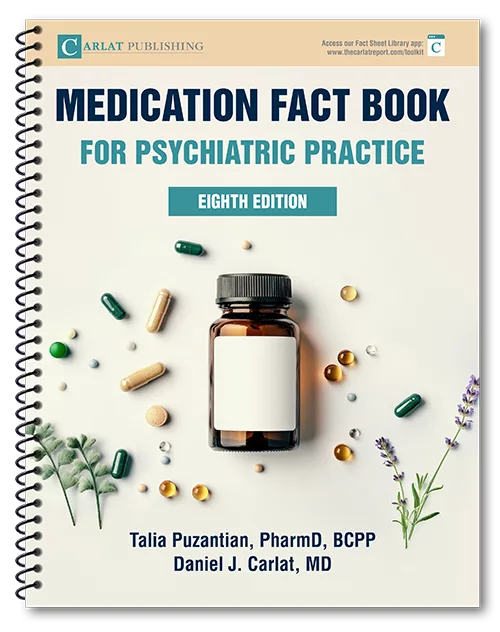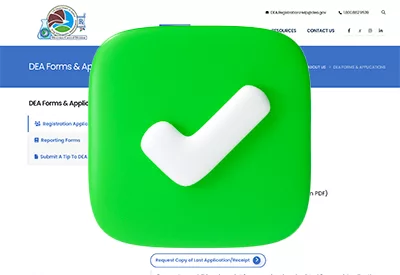Current Issues in Bipolar Disorder Diagnosis: The Life Course Method
Current Screening Tools
Current screening tools for bipolar disorder have been somewhat disappointing. The Mood Disorder Questionnaire (http://bit.ly/LdTheP) (Hirschfeld RM et al, J Clin Psychiatry 2003;64:45–59) yields lots of false positives but misses some true bipolar cases (for a review, see TCPR June 2010). Similarly, the Bipolar Spectrum Diagnostic Scale (http://bit.ly/K85MEN) (Ghaemi N et al, J Affect Disorders 2005;84:273–277) has not found widespread acceptance, possibly because patients sometimes have difficulty understanding it.
The Mini-International Neuropsychiatric Interview (MINI) (http://bit.ly/KWoXUN) (Sheehan DV et al, J Clin Psychiatry 1998;59 (suppl 20):22–33) uses the following screening question for mania/hypomania: “Have you ever had a period of time when you were feeling ‘up’ or ‘high’ or ‘hyper’ or so full of energy or full of yourself that you got into trouble, or that other people thought you were not your usual self?”
I rarely find questions like this to be useful. If the patient answers yes, I often end up asking about further symptoms of mania/hypomania, leading to variable or confusing answers—and I still don’t have a good sense of whether the patient had a manic episode or not. A “no” answer, likewise, does not rule out a manic episode.
So are any of the current screening tools useful? You could always use the Structured Clinical Interview for DSM-IV (SCID-IV), the “gold standard” in diagnosis for clinical research studies, but it can take two to three hours to administer, and most clinicians do not have the training or time for this. On the other hand, more familiar scales like the Altman Mania Rating Scale and the Young Mania Rating Scale are intended only to rate intra-episode severity and monitor treatment response. They are not intended as screening instruments. (For a review of rating scales for mania, see Picardi A, Curr Opin Psych 2009;22(1):42–49.)
My experience in teaching psychiatric residents how to diagnose bipolar disorder led me to carefully observe the strategies of experienced clinicians. Expert clinicians seem to employ a strategy, or set of strategies, that I call the Life Course Method (not to be confused with the NIMH Life Chart Method, a tool to follow treatment outcomes in patients with bipolar disorder).
Clinical Pearls
- Use collateral information whenever possible
- Screen for mania in the time periods right before depressions
- Focus on behavioral activation or life events rather than on patient report of mood elevation
- Screen depressive episode for manic/hypomanic symptoms to diagnose mixed episodes
The Life Course Method: Get a Story
This method basically involves getting a good, solid clinical history from the beginning. I usually start with the question: When did you first start experiencing mood symptoms? Then I proceed chronologically, with special attention to mood episodes and significant life events. I like to divide the history into academic/occupational time periods, or epochs: How was high school? How was college? Your first job? Patients in their mid-twenties often have excellent recall for events during school years. Moreover, asking about whether an event occurred in freshman versus sophomore year of college is often easier than asking about 1994 or 1995. For older patients, life events such as marriage/divorce, job changes, periods of disability, or geographic relocations can help anchor the history. In addition, these life events may be concurrent with manic or hypomanic episodes. Behavioral changes, such as increased risky pleasurable behaviors or pressured speech, are often better markers for manic/hypomanic episodes than patient recall of mood elevations (Akiskal HS and Benazzi F, J Clin Psychiatry 2005;66:914–921), so ask for behavior changes first, then follow up with mood inquiries to nail down the diagnosis.
A sample series of questions might look like this: Why did you move to Maine? So you decided to start lobstering, I see. What was your daily life like at that time? How about your mood? Did your [mood symptom] get so bad that you couldn’t work? Why did you
move back?
I try to link events together into a life story to develop a baseline and trajectory for a person’s life. A process of this kind can be quite memorable and I often literally get “where patient is coming from.” Collateral information is helpful when I am at a loss to understand the patient, or am left with a bunch of symptoms that don’t fit together. A family member who knows the patient well can confirm, clarify, or refute important details. Also, a review of mania/hypomania symptoms during depressive episodes sometimes yields a discovery of a mixed episode. Finally, I make sure to explore the period right before a depressive episode because sometimes the patient has forgotten about a mania that preceded it.
Advantages
A particular advantage of the Life Course Method is that most of what’s important in treating bipolar disorder—triggers, age of onset, response to medications, number of episodes—are reviewed in the normal course of the interview, without having to memorize a list of questions. Remember to ask about functional impact of mood symptoms, keeping in mind that other diagnoses or co-morbidities (eg, substance abuse or anxiety disorders) may cause more impairment than mood complaints.
The Life Course Method makes the history much more memorable. Once the interview has been completed, a quick review of the patient’s record can bring back the person’s life story with surprising speed and vividness. If the interview is chronological, gaps in the history become quickly apparent and can be noted for future exploration. This method also often engages the patient in the interview process and begins the psycho-educational process, especially as patterns emerge and previously inexplicable mood symptoms are seen to have predictability.
Disadvantages
The Life Course Method can take a lot of time, so being efficient is critical. I advise inexperienced clinicians to obtain only enough information so as to confirm a diagnosis and obtain other relevant information, rather than spending a lot of time on florid manic episodes. I also recommend focus on the earliest symptoms of an episode, because these represent signals for future early intervention. However, the most important factor in improving efficiency is practice, and if possible, observation of expert clinicians.
The Life Course Method
- Start from the beginning of patient’s history of mood/psychiatric problems
- Divide history into epochs of time
- Go chronologically forward with special attention to mood episodes and significant life events
- For each mood episode, obtain prodromal symptoms, medications tried and their efficacy, adherence to medications
- Get a story!
No convenient, foolproof methods have emerged in routine screening for bipolar disorder. The Life Course Method is basically just good clinical interviewing with a longitudinal perspective. But it makes clinical interviewing memorable, engaging and (dare I say) fun.
Newsletters
Please see our Terms and Conditions, Privacy Policy, Subscription Agreement, Use of Cookies, and Hardware/Software Requirements to view our website.
© 2025 Carlat Publishing, LLC and Affiliates, All Rights Reserved.


_-The-Breakthrough-Antipsychotic-That-Could-Change-Everything.webp?t=1729528747)



